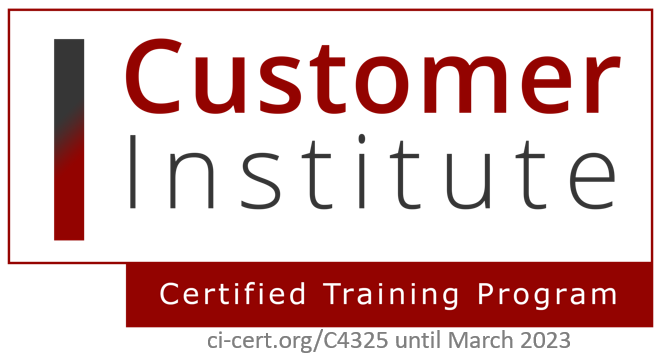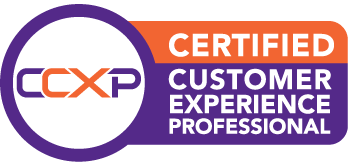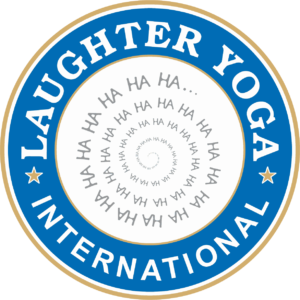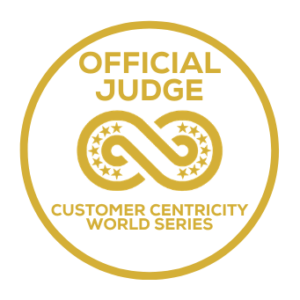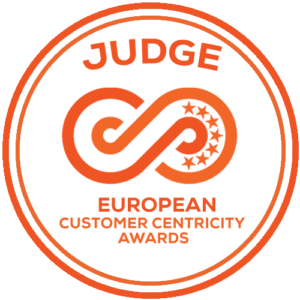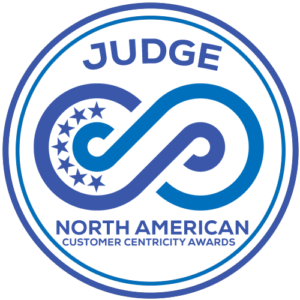- Decoding Disease: Technology and the Cure for Cancer. Jorge Soto (co-founder Miroculus)
- Phil Libin (Evernote) in Conversation with Jessi Hempel (Wired)
- Andy Puddicombe (Headspace)
- Lew Cirne (New Relic): Software is the New Storefront
- The Future of Online Media: Conversation between Mike McCue (Founder Flipboard) and Jimmy Maymann (CEO The Huffington Post)
- Drew Houston (Dropbox) In Conversation with Laurie Segall (CNN)
Dublin Web Summit in November is Europe’s largest festival of ideas and has been called “Davos for geeks.” Founded in 2010 when it first had 400 attendees, this year’s Web Summit is hosting more than 20,000 attendees and guests.
The schedule runs over 3 days (day Summit 9:20-17:20) and nights (Night Summit from 8 PM till you last), each day packed with more than 20 talks of 15-20 minutes each over 10 different stages:
- Centre Stage
- Marketing Summit
- Machine Summit
- Builders Summit
- Enterprise Summit
- Music Summit
- The cinema
- Sport Summit
- Food Summit
- Library stage
On top of that there are all the expositions areas and invite/registration only events every day:
- Investor Summit
- Attendee workshops
- Startup workshops
- Roundtables
That’s a massive amount of content and so difficult to choose from (above all as online schedule presentation of each topic wasn’t very easy to navigate or to provide quick look overviews), that I was almost grateful that a last minute issue forced me to sell my tickets, cancel my reservations and follow the conference via live stream from home.
Since live stream was only available for Centre Stage, I didn’t have to pick and choose which talks to follow. I just had to endure through 8 hours of continuous talk with no breaks unless the ones I would give myself. Good thing from livestream I could just use the pause button and resume at my own timing.
Having listened to more than 10 talks of the 24 on agenda, these are the themes that came back across most of the talks:
- Life is too precious to loose it to cancer.
- Technology is disrupting our present at exponential rate.
- Software is occupying a major part of our life
- It’s critical to make customer experience the best possible
- We are seeing a huge shift from desktop to mobile
- Importance of having good mentors and supporting network
- We can’t control our feelings, but we can learn how to respond to them
Further, Wow Now summary of key talks from Dublin Web Summit 2014 Day 1 Centre Stage.
Decoding Disease: Technology and the Cure for Cancer. Jorge Soto (co-founder Miroculus)
This was one of the most impactful talk to me, especially as I lost my dad to cancer 3 years ago due to a very late diagnosis. This is why I reported nearly everything from this talk.
Jorge Soto starts his talk with the story of his co-founder who got diagnosed cancer just when he started to feel stomach pain and he was already at stage 4. At that time he was working on revitalizing the wine industry in his country and he was only 28 years old.
I loved what he said at this point: “I believe at that age people should be worrying about creating an impactful and successful feature rather than be worrying about a terminal disease growing inside you”
Despite the fact that 1 out of 3 people will be diagnosed with cancer at some point and 1 out of 4 will die of it, today to get diagnosed with cancer is a long and stressful process to go back and forward with tests and description of symptoms over and over again.
Today with have 21st century medication & drugs to treat the cancer, but we still have 20th century procedures and processes to diagnosed cancer if any.
Today most of us have to wait for symptoms to indicate that something is wrong. Today majority of people don’t have access to early cancer detection methods even though we know that catching cancer early is the closest thing we have a silver bullet against it.
This is why Soto and his team have decided to begin the journey to try to make this detection at early stage easier, cheaper, faster and more accessible than ever before. Technology is disrupting our present at exponential rate. This is the same in biological realm where process is also being democratized.
Miroculus solution is looking at early detect cancer via blood exam checking on micro RNAs, small molecules that regulate gene expressions and that so far have proved to have same patterns per each type of cancer.
Since cancer is the uncontrolled regulation of genes RNAs are an accurate early stage biomarker.
Jorge Soto goes ahead to do a demonstration.
The information measured via the iphone is sent to central servers, which do the rest of the work.
A very important aspect of this approach is the gathering and mining of data collected in the cloud, so we can get results in real time and analysis them with other contextual information. If we want to better understand and decode diseases like cancer, we need to stop treating them like isolated episodes and start measuring everything that affects our health on a permanent basis.
Miroculus believes that early cancer detection should be democratized.
A round of applause when he announces that to accelerate processes even more they want to make this open source by December 2015.
Miroculus offers a single accurate, non-invasive, easy to use and affordable test, which has the potential to dramatically change the detection of cancer. Since it just looks for patterns in your blood, you don’t need to have any symptoms and you don’t need to know to which cancer you are looking for.
Finally, reporting again Jorge Soto direct words at closure of his speech:
“Today when you have symptoms you are already at stage 3 or 4 and I believe that is too late. It’s too expensive for our families and too expensive for humanity. We cannot loose the war to cancer. It not only costs us billions of dollars, it also costs us the people we love. I’m sure everybody here as a story, a close story of someone that has thought or is fighting cancer. I want this to become rare thanks to early detection”
Phil Libin (Evernote) in Conversation with Jessi Hempel (Wired)
Some key messages from this talk:
- focus on finding a market fit for your product, not on competition
- aim at making the customer experience the best possible
- focus first on making the customer stay. Then they will eventually also pay you
Very exciting news in Evernote future plans looking at truly improving the quality of peoples work, but helping them just focusing on creating content while Evernote will suggest related content they wrote earlier or available on the web and on allowing co-creation with other colleagues.
Andy Puddicombe (Headspace)
I was happily surprised to see on centre stage a talk entirely centered on the power and benefits of meditation. Andy said very little about the actual application, Headspace, he has developed and just in closure of his talk, really as support tool to help you find 10 minutes in your days to meditate.
So what is meditation and why is it important?
Andy started with a comparison: “Our mind is like a blue sky. Clouds come & go. We tend to get caught up in the clouds & forget about the blue sky”
There are days when the sky is really full with clouds and in these days is tempting to think that they sky has disappeared. But if we take a plane and drive through the clouds, we can see that the sky is still there
The sky is the inherit nature of our minds, while the clouds are our thoughts and feelings. These came and go. They don’t last. Meditation is like zooming out from the clouds, rest your mind, feel comfortable and at ease in the blue sky. You get a sense of perspective. You see the thoughts but you are not so involved in them. What happens when we do get involved in the clouds?
We always have this choice at every moment of our life. Seeing a thought and choosing whether to engage in it or going on with whatever we are doing in that moment.
I especially liked the story he told to demonstrate this: one guy that has done all the way to east to get started with meditation in a temple. He had never meditated before and he assumed that meditation was about stopping the mind. After the first thought, he stared wondering “am I doing this right?”. Then he kept worrying about his thought and became increasingly agitated. And his thought started to get into other areas, until his body started to become tensed and he ended up screaming in the temple “I can’t f*&%ing do this” just went the gong sounded the end of the first hour of meditation.
He had taken one single thought, bought into it, started to fuel it with his emotions, until it started to leek into other areas of his life and he exploded.
When you are able to just observe your thoughts without becoming your thoughts and moving your emotions versus one situation to all other areas of your life, you can maintain a view over the clouds that allows you respond to anything as opposed to react to everything.
Lew Cirne (New Relic): Software is the New Storefront
I incredibly liked this talk above all as I totally agree with the vision that software is taking more and more time into our lives, it has become the primary channel with which companies interact with their customers and I believe that great software can help us live a more effective life, ultimately allowing us to spend more time on what truly matters to us.
Highlights from Lew Cirne talk.
Nothing is more valuable than time. Data tells us that people are spending 6 hours a day in front of software. If your most valuable asset is spent in front of software, let’s make software great, delivering more delightful moments in front of that software.
Life if too short for bad software.
Every company’s software is now the primary channel through which customers interact with that company. 10 years ago we walked to a bank branch to interact now we use their Internet software. Your software is telling you key things about your customers
New Relic measures every customer experience with that software.
We collect massive amount of data (trillions). How do you make sense of all that data is a super hard problem. Most enterprise software company aren’t thoughtful enough of the way that they design the data that they collect
For Lew, design is so critical that “The lead designer of New Relic is the person who sits closest to me in the office”
Playing defense with software is automating things, improving processes and back end stuff to make operations of the business more efficient.
Playing offense means thinking about how can I improve my topline with the software. Finally businesses are realizing that they can change their top line with software.
Lew gives the example of football companies, which are thinking about how to make the experience of watching a football game 200 times better.
Software’s can create totally new categories of products.
New relic mission is to present just the right information about your software that can help you make your software successful
Lew closes his talk referencing Walt Disney and its Wall Magic technology. Wearable technology that will significantly improve your experience because saves time and allows people to spend more time in valuable moments.
The Future of Online Media: Conversation between Mike McCue (Founder Flipboard) and Jimmy Maymann (CEO The Huffington Post)
Shift from desktop to mobile is as big as shift from print to desktop and is happening very fast. Over last 18 months we have seen in US audience move from being only 18% from mobile devices to over 60%. It’s a big shift in the way we have to program and think about our stories.
We can’t think that what works on desktop will work on mobile. It often requires different format and picture. Monetization is also to be considered.
Before the web was done of pages linking to other pages and that was the web. Now the web is done of people linking to other peoples. So we have creative web, the social web. But we are still using the traditional browser to navigate it. New ways to re-aggregate that content are coming up.
Right now there is information overload on internet. We need to create a new personalized experience for people. Using personalization in re-circulating content will ensure we won’t need to recreate a lot of content.
Consumption on mobile versus desktop are very different also depending on timing of the day (i.e. morning and evening versus office hours) and this needs to be taken into account when deciding which content to push where and when.
News are breaking and need to go out live. But tech, lifestyle information needs to go out when the audience is there to read it.
Drew Houston (Dropbox) In Conversation with Laurie Segall (CNN)
Drew beings by talking about a tennis ball & the number 30.000.
A dog chasing a tennis ball will let nothing get into the way. Successful entrepreneurs are solving big problems that matter, that they are obsessed with.
The number 30.000 represents the number of days we live in our life. When Drew realised he had already lived a third of them, he decided to do something big as entrepreneur.
The idea for #Dropbox came about because I forgot my thumb drive.
At beginning it was about storage. Now is really about the experience and there a lot of other aspects that come into play.
How can we help you organize your stuff, how can we make it more useful, how can we improve your experience?
Drew described the potentialities of the integration between Dropbox and Microosoft (there are 1,2 bl Office users and 200 ml Dropbox users and the most common activity they do is to collaborate on Office documents) and the initial reasoning behind it (Microsoft had 40000 users downloading their ipad app and they were all asking integration with dropbox because that’s where they had their documents stored)
Importance of making computer science accessible to woman was discussed as key requirement to get more woman in tech.
I also very much liked Drew answer to Laurie question: “was there a time where you felt your feet were too big for your shoes and someone may take your CEO title away? Was there that fear?” Drew: “Everybody has that feeling and that feeling never really goes away. You can’t control that but what you can control is how you respond to it“.
Companies are growing so quickly and markets are so competitive that of course they will go through hard time and have problems. Build a supportive network for yourself is key.
The talk concludes describing the importance of motivation and having a bigger purpose:
“With Dropbox I was working on something I really loved, I was obsessed with. We are not just synchronizing or building storage for our documents I’m building a room for all the most important information we have. And this something everyone needs. These are all our objects we have in our house. And this really motivates me.”
There are 3 bl connected computers and with Dropbox we only have 300 million. We only reached a tiny fraction of all the people that need Dropbox.
All in all, it was a very inspiring day and a very intense marathon to try and follow most of the speeches from behind computer.
A note about the new companies I learned about today:
Flipboard, a social magazine that brings people the most informative, entertaining and amazing stories from around the world and from their daily life. With each flip, people can learn about stories and events that take place thousands of miles away or right at home; see life’s great moments in one place; and be inspired by what others share.
Houzz, a platform for home remodeling, bringing together both professionals and homeowners via mobile, local and social tools.
Stripe, the online payments company that is expanding internet commerce by making it easy to process transactions from anywhere

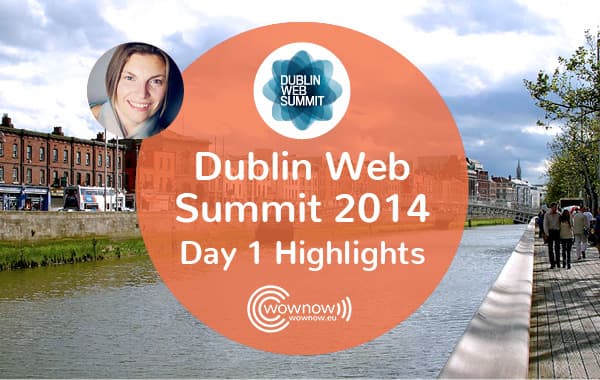



 A (little Italian) sunshine of energy, enthusiasm, and passion, with a mission to bring more happiness in the world one interaction at the time, the business world being my chosen playground!
I inspire and empower conscious leaders to nurture their happiness (moving from depleting to enriching emotions) and to move from depleting to enriching experiences, choosing, designing, and delivering WOW life-enriching interactions that contribute to everyone’s HAPPINESS, so they can achieve business and personal prosperity, making happiness their competitive advantage
A (little Italian) sunshine of energy, enthusiasm, and passion, with a mission to bring more happiness in the world one interaction at the time, the business world being my chosen playground!
I inspire and empower conscious leaders to nurture their happiness (moving from depleting to enriching emotions) and to move from depleting to enriching experiences, choosing, designing, and delivering WOW life-enriching interactions that contribute to everyone’s HAPPINESS, so they can achieve business and personal prosperity, making happiness their competitive advantage 